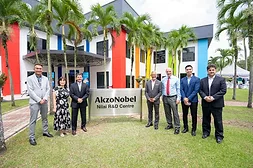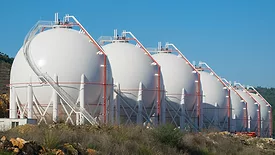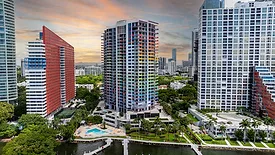Home » Keywords: » Low-VOC Paint and Coatings
Items Tagged with 'Low-VOC Paint and Coatings'
ARTICLES
A snapshot of the coatings market from Behr Paint Company
Read More
Keep the info flowing with our eNewsletters!
Get the latest industry updates tailored your way.
JOIN TODAY!Copyright ©2025. All Rights Reserved BNP Media.
Design, CMS, Hosting & Web Development :: ePublishing










